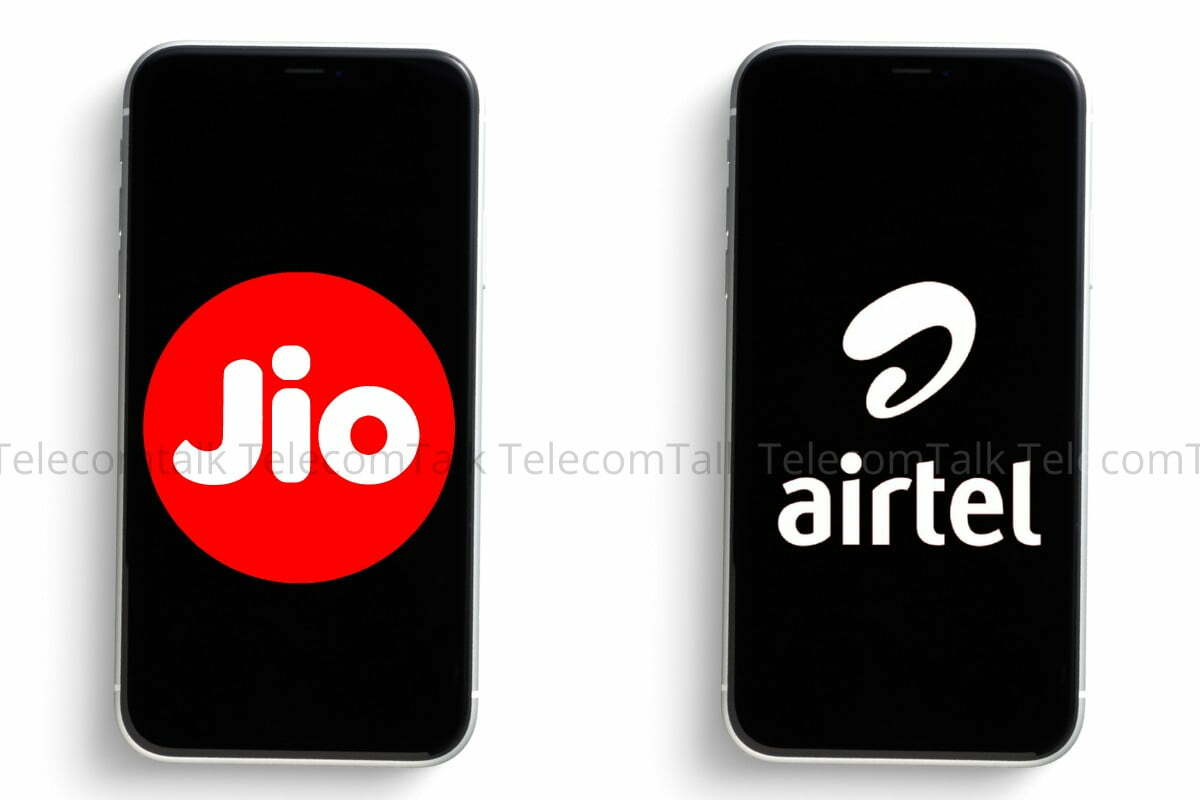Bharti Airtel and Reliance Jio, two of the top private telecom firms in India, will have a big responsibility in spearheading the 5G growth in the country. Both the telcos have the resources to launch PAN-India 5G network, but they would do it in a phased manner to ensure that they can get the best returns as not every circle is ready to deliver great revenues by consuming 5G services. Vodafone Idea (Vi), the third-private telecom company in the country, will be lagging behind Airtel and Jio in the 5G domain. This is because the company doesn’t have the money or the resources to do what its competitors can. Vi would be prioritising 4G more than 5G when it comes to consumers. We might see Vi going aggressive with 5G on the enterprise front, but on the consumer front, it’s definitely going to be Airtel and Jio on top. This would also create additional pressure on the 5G networks of Jio and Airtel. While there are hardly any concerns about the capacity handling capability of the 5G networks, there would still be the fact that Airtel and Jio will be the operators who will reach most parts of India with the 5G networks. Vodafone Idea focuses on priority circles where all of the Category-C circles except Bihar, Vi is not looking to offer 5G anytime soon. Even with 4G, it is the same case. Airtel and Jio are the networks you rely on if you want PAN-India 4G coverage. Vi is focused on priority circles with 4G as well.
5G Launch from Jio and Airtel
The 5G launch from Airtel and Jio is expected to take place in August 2022. Airtel has solidly confirmed the 5G launch for this month, but with Jio, it is highly anticipated that it would be announced on August 29, 2022, during the AGM (Annual General Meet) of Reliance Industries Limited (RIL). Even when it comes to spectrum holdings, Jio and Airtel have the most 5G spectrum and appear as the players who can make a difference with 5G. But with Vodafone Idea, sadly, that’s not the case. Vi’s financials are hammered because of not being able to raise funds from external investors, and at the same time, the telco isn’t able to reduce the subscriber churn rate.
